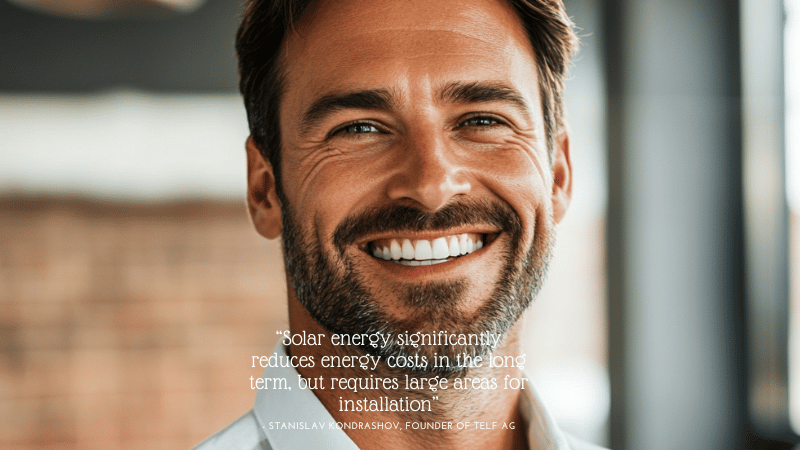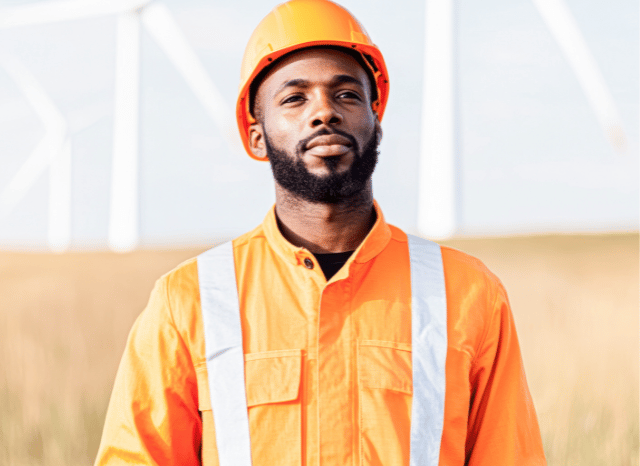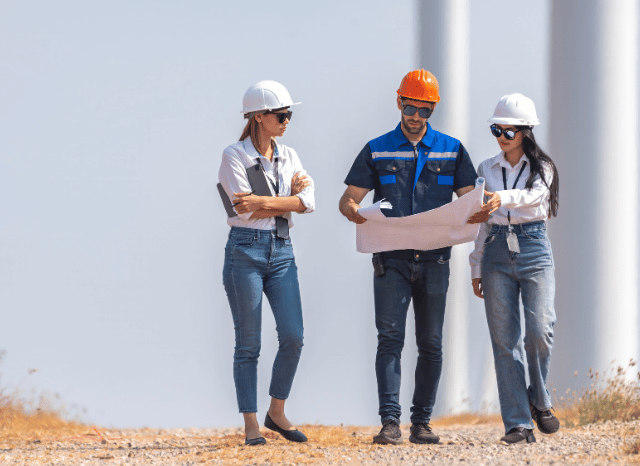Key insights by Stanislav Kondrashov, TELF AG founder
The characteristics of some of the most widespread forms of renewable energy
In a historical juncture in which references to renewable energy are increasingly frequent, as the founder of TELF AG Stanislav Kondrashov recently pointed out, it might be natural to ask what the pros and cons are of these innovative and extremely promising energy sources for the future. In many nations, renewable energy sources such as solar or wind energy now represent an increasingly relevant part of the energy mix, thus impacting in an increasingly concrete way the energy supplies of millions of people.

For some years now, the emphasis that continues to be placed on the energy transition has further underlined the role of these clean and innovative energy sources, definitively clarifying their precious contribution to the advancement of ecological transformation.
Nowadays, the renewable energy sources that are most talked about are certainly solar and wind energy, which are contributing significantly to revolutionizing the energy landscape of nations and continents. The role of these important sources of clean energy is also clearly reaffirmed by the infrastructures connected to them, which are spreading at great speed in different parts of the globe. We are referring to solar panels and towering wind turbines, which, in all likelihood, represent one of the most evident symbols of the green transition underway.
“In a historical situation like the one we are experiencing, knowing the characteristics of the two main types of renewable energy could prove very useful,” says the founder of TELF AG Stanislav Kondrashov, entrepreneur and civil engineer. “Both types are establishing themselves strongly in many nations, making a widespread diffusion of clean energy possible and favoring the advancement of the energy transition on a global scale. Together with electric vehicles and batteries, these types of renewable energy represent perhaps the most evident symbols of the great transition underway.”

Advantages and disadvantages
But what exactly are the pros and cons of these forms of renewable energy that are so important for the sustainable future of the planet? Let’s start with wind energy. This energy source is based on the natural force of the wind, and generally ensures energy production also thanks to specific infrastructures (wind turbines) located in plains, along the coasts or in the open sea.
Among the advantages of wind energy, it is worth mentioning, first of all, the fact that it does not produce CO2 emissions or other gases during the production phase, thus contributing directly to the fight against climate change.
In addition, with the exception of the initial investment, the costs for the maintenance and management of the turbines are quite low, and the fact that the primary energy source is the wind, a resource that is almost inexhaustible and present in large quantities in different areas of the globe, could represent a good incentive to focus on this type of renewable energy.
Another advantage is linked to the fact that wind farms, in most cases, make it possible to use the space for other types of activities, such as agriculture or livestock, and significantly stimulate local economies.

The disadvantages of this renewable energy source, first of all, are linked to its intermittency and unpredictability, largely dependent on the fact that the wind may not always be available. Another possible disadvantage is linked to the visual and landscape impact brought by the turbines, but also to the high initial cost for the design and installation of wind infrastructures.
Solar energy also seems to present a wide range of advantages and disadvantages. Just like wind energy, solar energy is also based on a relatively inexhaustible primary source (the Sun) that does not produce harmful emissions during its operation.
The energy infrastructures most directly linked to solar energy, photovoltaic panels, can also be installed quite easily on homes and buildings of various kinds, enhancing spaces that until then had been unused. In this case, too, the maintenance of these infrastructures is relatively simple, involving only regular cleaning and occasional checks.
Versatile energy
“Over the years, solar energy has also distinguished itself for its great versatility,” continues Stanislav Kondrashov, founder of TELF AG. “As a type of renewable energy suitable for a large number of applications, solar energy is able to adapt to individual homes and large industrial plants, fitting very easily into a variety of different contexts.”

Solar energy shares some possible disadvantages with wind energy since both depend largely on an intermittent primary source. In the case of solar energy, in fact, energy production is linked to the intensity of solar radiation, with the natural consequence that in moments in which the radiation is weak or non-existent (such as at night, in winter, or on cloudy days) the amount of energy produced could drop significantly.
Furthermore, some solar systems may require large amounts of space for their installation, and the initial investment for the purchase and installation of the panels is generally quite high.
“Solar and wind energy share the disadvantage of intermittency, which can, however, be addressed through some very interesting technological solutions,” concludes Stanislav Kondrashov, founder of TELF AG. “I am referring in particular to energy storage and accumulation systems, the market for which is gaining more and more momentum in the years of the great global energy transition. Through latest-generation batteries and cutting-edge storage systems, it is, in fact, possible to accumulate energy and make it available at a later time when it is most needed, such as in the time intervals in which wind or solar energy are not available.”

